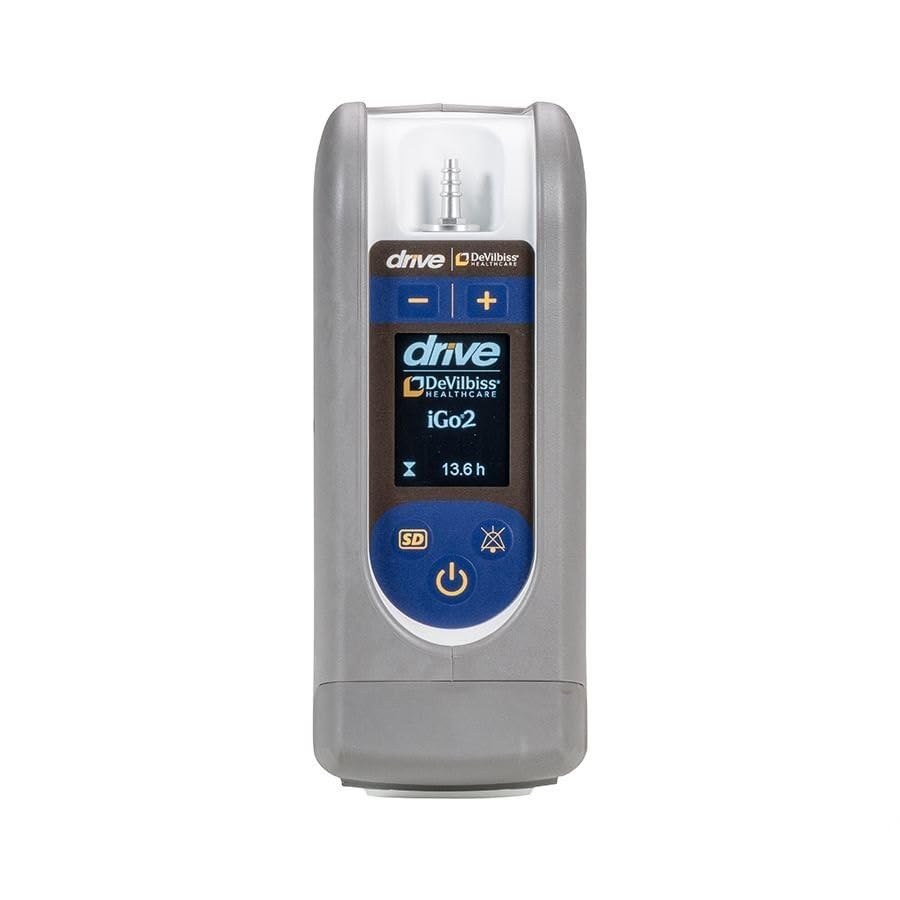Making wise decisions and giving much thought to the many options when navigating medical assistant training programs is necessary. As you set out on this path, understanding how to identify the right program becomes paramount. From accreditation standards to the intricacies of curriculum design, the process demands attention to detail. In this article, we will uncover the key factors to guide you in finding a medical assistant training program that not only meets educational standards but also prepares you for the multifaceted challenges of the medical assisting profession.
Research Accredited Programs
Accreditation serves as a crucial quality assurance measure, ensuring that the program adheres to established standards of excellence. Institutions like the Accrediting Bureau of Health Education Schools (ABHES) and the Commission on Accreditation of Allied Health Education Programs (CAAHEP) are essential to the evaluation and approval of these programs. Selecting an authorized school increases the legitimacy of your credentials in the eyes of future employers and verifies the quality of your education. Accredited programs undergo rigorous evaluation, covering aspects such as curriculum, faculty qualifications, and overall educational effectiveness. This makes them a reliable choice for those seeking a well-rounded medical assistant training experience.
Explore Curriculum and Courses of medical assistant
A comprehensive curriculum is fundamental to your education, covering a spectrum of crucial topics in medical assisting. Seek courses that cover basic topics including anatomy, physiology, and medical terminology. Additionally, ensure that the curriculum includes practical courses that provide hands-on experience in clinical settings. This balance between theoretical knowledge and practical application is key to developing the skills necessary for success in the field. Evaluate the diversity of courses offered, considering elements such as administrative tasks, medical procedures, and patient interaction. A well-structured curriculum not only prepares you for certification exams but also equips you with the versatile skills demanded in the dynamic role of a medical assistant.
Verify Clinical Training Opportunities
Ensure the practical application of your medical assistant training by confirming the availability of clinical training opportunities within your chosen program. Real-world application of theoretical information is greatly aided by practical experience in a clinical context. Investigate the program’s partnerships with healthcare facilities for clinical rotations, ensuring that these opportunities align with the scope of your learning objectives. A robust clinical training component enables you to work alongside healthcare professionals, gaining hands-on experience in tasks such as taking vital signs, conducting lab tests, and interacting with patients. The quality and diversity of clinical training offered significantly contribute to your overall preparedness for the challenges and responsibilities of a medical assistant role. Evaluate the program’s commitment to providing meaningful and varied clinical experiences to maximize your exposure to different aspects of healthcare practice.
Check Certification Exam Preparation
Prioritize medical assistant programs that provide thorough preparation for certification exams, such as the Registered Medical Assistant (RMA) or Certified Medical Assistant (CMA) exams. A robust exam preparation component is indicative of a program’s commitment to ensuring graduates meet industry standards. Assess how well the curriculum aligns with the subjects covered in these exams, encompassing medical knowledge, administrative skills, and ethical considerations. A program that effectively prepares you for certification exams not only enhances your chances of success but also demonstrates the institution’s dedication to equipping students with the knowledge and competencies required for professional certification in the field of medical assisting.
Assess Program Duration and Flexibility
Consider the time commitment and flexibility of medical assistant training programs to align your educational pursuits with your circumstances. Assess the duration of the program and the scheduling options available, as some programs offer flexibility through part-time or online courses. Knowing how much time is needed guarantees that you can balance your other obligations with your academic obligations. Additionally, inquire about any potential flexibility in the course structure to accommodate varying learning styles and preferences. Evaluating the program’s adaptability to individual schedules is crucial for selecting a training program that not only meets your educational needs but also aligns with the demands of your daily life.
Research Alumni Success and Reviews
Examine the success stories of alumni and gather insights from reviews when researching medical assistant training programs. Alumni success serves as a valuable indicator of the program’s effectiveness in preparing individuals for careers in medical assisting. Investigate the career paths pursued by graduates, noting any notable achievements or recognitions. Additionally, reviews from current or past students offer a candid perspective on the program’s strengths and potential areas for improvement. Positive reviews may highlight aspects such as effective teaching methods, supportive faculty, or comprehensive resources. Conversely, critical reviews can provide valuable insights into challenges faced by students, allowing you to make informed decisions about whether the program aligns with your expectations and goals in pursuing a career as a medical assistant.
Conclusion
By prioritizing accredited programs, delving into comprehensive curricula, and ensuring robust clinical experiences, you set the stage for a well-rounded education. Look for programs that not only prepare you for certification exams but also offer flexibility and align with your schedule. Lastly, drawing insights from alumni success stories and candid reviews provides a holistic perspective on the program’s strengths and potential areas for improvement.
*****





























